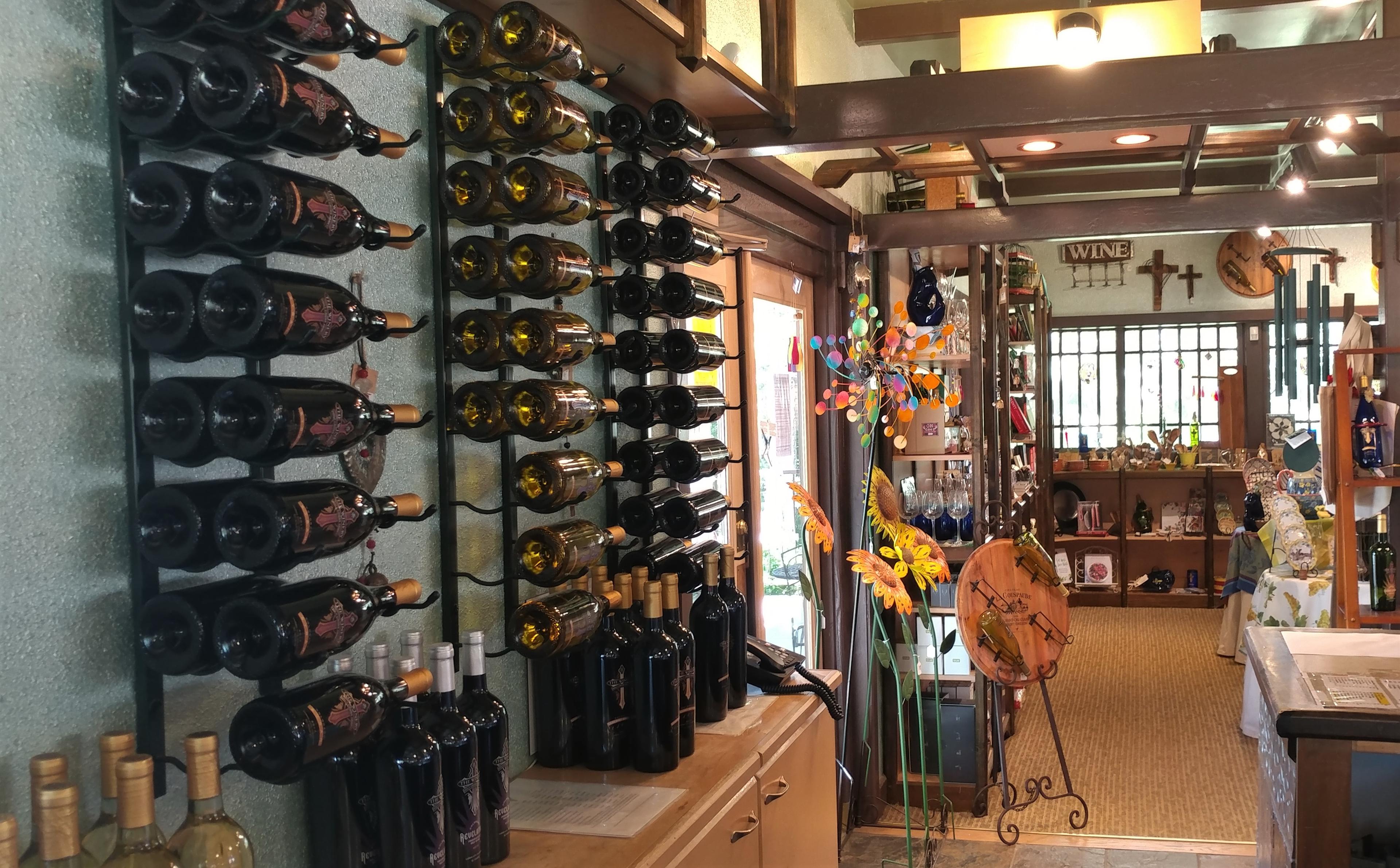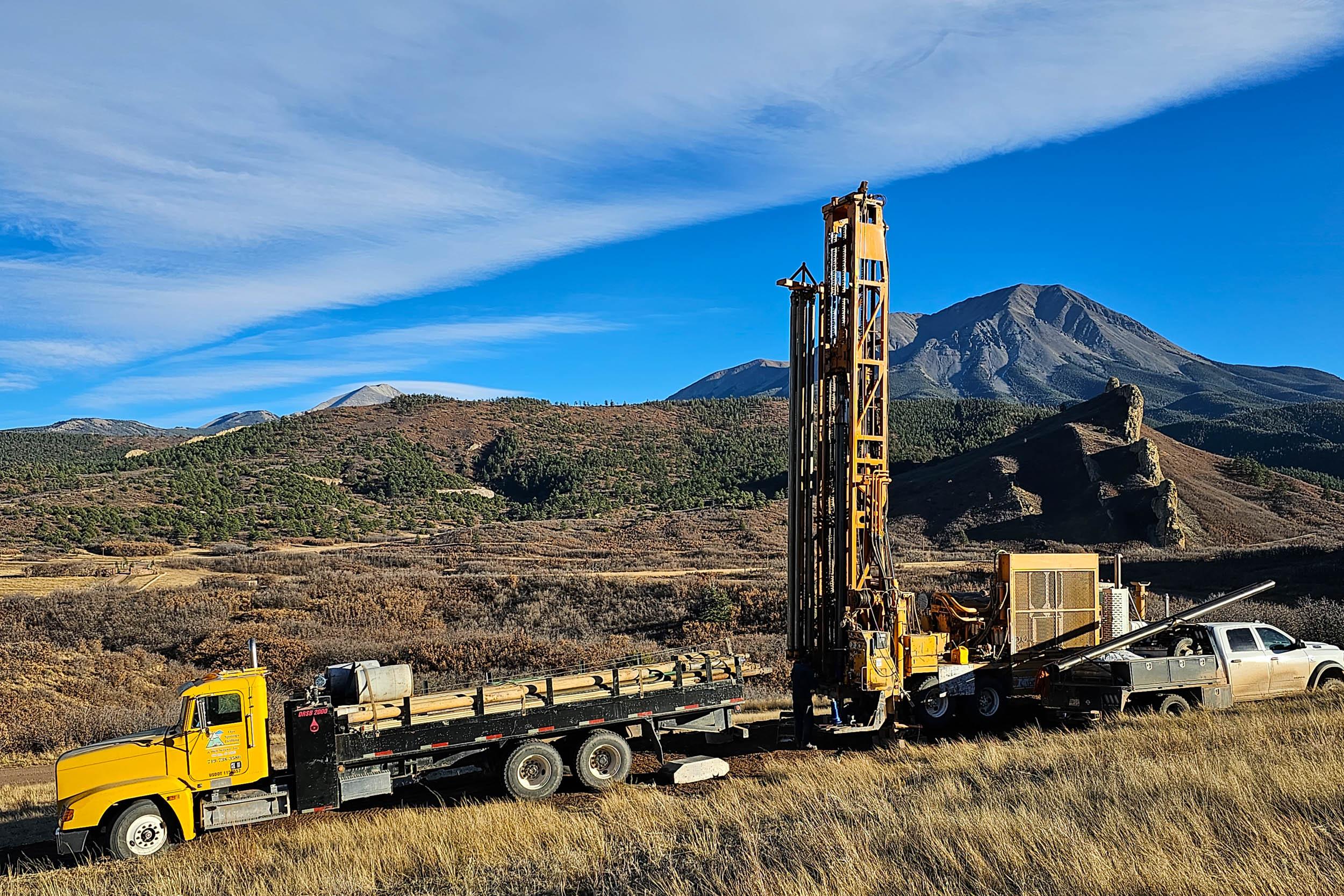
Tony Labat’s interest in stages as platforms for all kinds of performance started decades ago.
In 1978, the San Francisco-based performance and visual artist appeared on the televised amateur talent competition “The Gong Show” with fellow artist Bruce Pollack.
“There were a lot of ideas around in the 1970s of guerilla artwork in which art is invisible, where it’s not announced that you’re making art,” Labat says. “Maybe that planted a seed in me to explore ideas to do with talent and non-talent, the desire and need for people to express themselves, the stage, the spectacle.”
This led to a performance art project in 1980 for which Labat trained as a professional boxer and installed a functional gym in his studio.
“The result is not really what matters,” Labat says. “It’s the fact that it happened, the process and the relationship to the audience and the media, and exploring the dialogue between the idea of talent and the idea of performing an action.”
Born in Cuba in 1951, Labat arrived in the United States with his family in 1966. They settled in Hialeah, Florida, outside Miami. In 1976, Labat attended the San Francisco Art Institute, where he now teaches and chairs the master of fine arts department.
Labat – who has worked in sculpture installation, video and performance art – now focuses largely on site-specific work. His current artist residency organized by the ArtPlant program and Emmanuel Gallery on the Auraria Campus furthers Labat's work on the concept of stages.
Labat’s newest exhibition “Elevation: Denver” runs at the Emmanuel Gallery through June 28. The artist encourages visitors to activate the stage in a range of ways.
Colorado Public Radio caught up with Labat to find out more about his first installation in Denver.
CPR: When and how did the idea for “Elevations: Platforms, Stages & Catwalks” series originate?
Tony Labat: I started making drawings a few years ago. My ideas were informed by watching TV and particularly the Democratic and Republican National Conventions during the last presidential election and shows like “Project Runway” and “American Idol.” I started looking at stages sculpturally and trying to see what other functions might be applied to them. This led to making architectural drawings -- sketches for pieces to be built. This is the first time I’m able to realize one of those drawings. Now I’m in the running to build a a stage in San Francisco. This will be an outdoor public art project.
CPR: What interests you about the concept of the stage?
Tony Labat: I'm interested in the hierarchy and authority of the stage. I went on "The Gong Show” in the 1970s and that’s what led me to my boxing project in 1980. No one knew we were artists. We just wanted to get on national TV. We weren't looking to be rewarded or validated. It was a very punk attitude aimed at disrupting the norm and subverting the context. I remember being influenced by the punk scene which was all about the elimination of the stage -- people jumped into the mosh pit, people tried to get on the stage. For the last 10 years, I’ve been developing these pieces with the idea of social sculpture. I looked at how empowering that it could be -- like the soap box. I wondered, 'what if we give the stage a formal perspective and at the same time democratize it?' So it became political.
CPR: What’s your intention with the "Elevation: Denver" structure?
Tony Labat: It’s not a sculpture that you just look at. It’s a sculpture I want people to walk on and shift their perceptions. For me, when the stage is not activated, I hope that it’s a very intimate thing -- maybe a reminder to look at things differently. During the exhibition, anyone from the community can activate the stage in any way they choose. So far, there were these beautiful ladies that came in while I was working -- they have a tap dancing team. A poetry group wants to come and use it. Different DJs. A band showed up and said they want to do a video shoot on it. If someone wants to do more of an elaborate production and and invite an audience to come in, they can talk with the curators and arrange it.
CPR: You’ve also researched the history of the Emmanuel Gallery space itself. Tell us about that.
Tony Labat: That’s the reason I came. I wanted to expose the history and architecture of this place. When I saw the site and the history of going from a church to a synagogue to an artist studio to the gallery today, I recognized that one of my drawings was – without being intentional – very much referencing the nave in church architecture. From 1958 to 1973, the building was bought by an artist. He died in a plane crash, but I found his son. In the upstairs gallery, people can see a wonderful email that the son sent me. I had the windows exposed because they used to be boarded up. Also upstairs, the mezzanine was built when it was turned into a synagogue and that’s where the women would go. So in the upstairs gallery I installed benches as a subtle reference to how communities change the function of a particular place and how charged it is with history.
CPR: This is your first time in Denver. What are your thoughts about the city and its art community?
Tony Labat: I think Denver is incredibly vibrant. There seems to be a lot of support and community, a collective of artists with the different studio buildings. It’s very tight. Now coming from San Francisco with all that’s going on with evictions, the growth of the tech industry and the danger of what’s happening to culture there, it’s really nice for me to see what’s happening here.
"Elevation: Denver" at Emmanuel Gallery runs through June 28.









